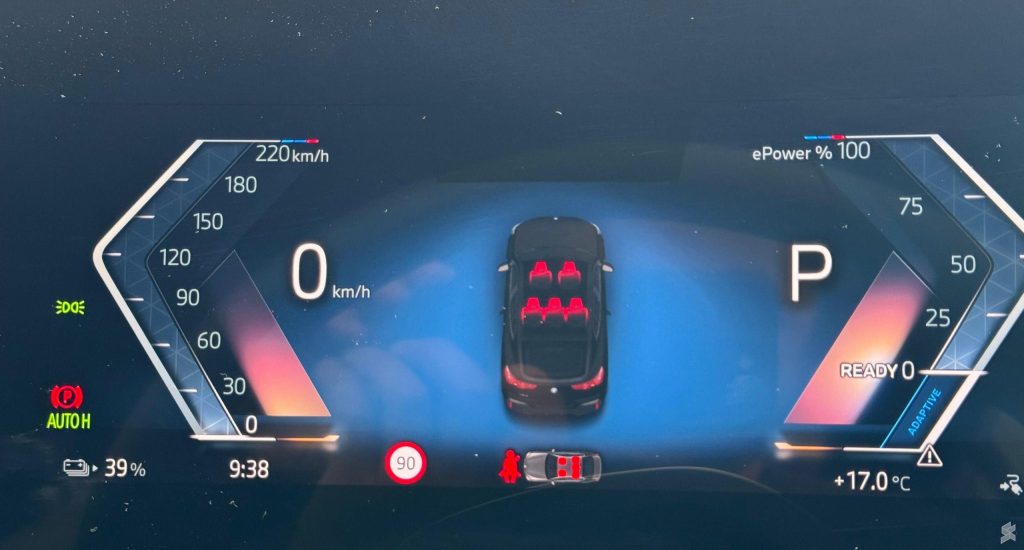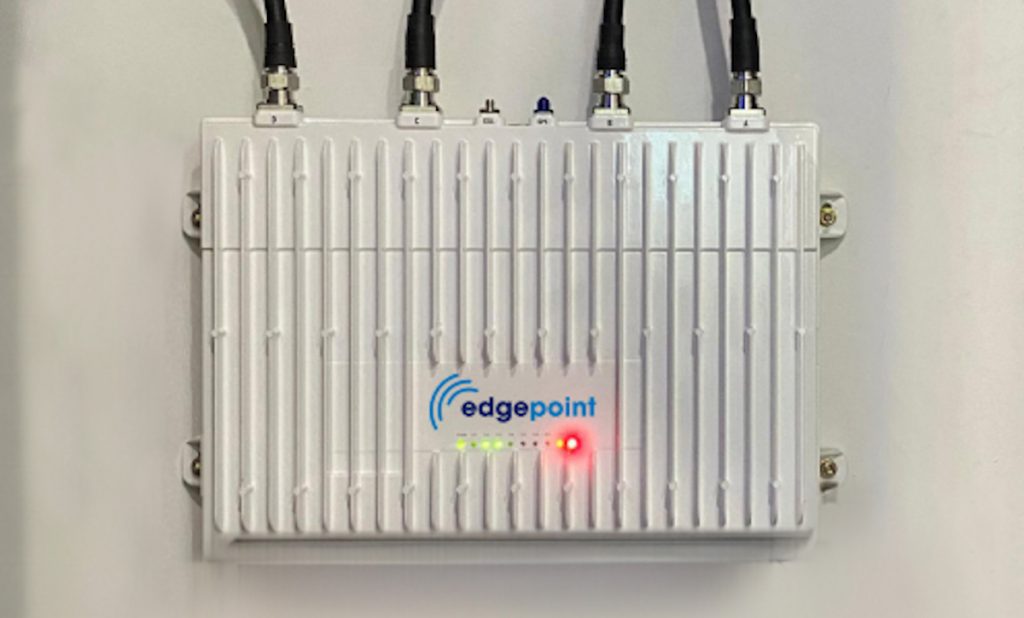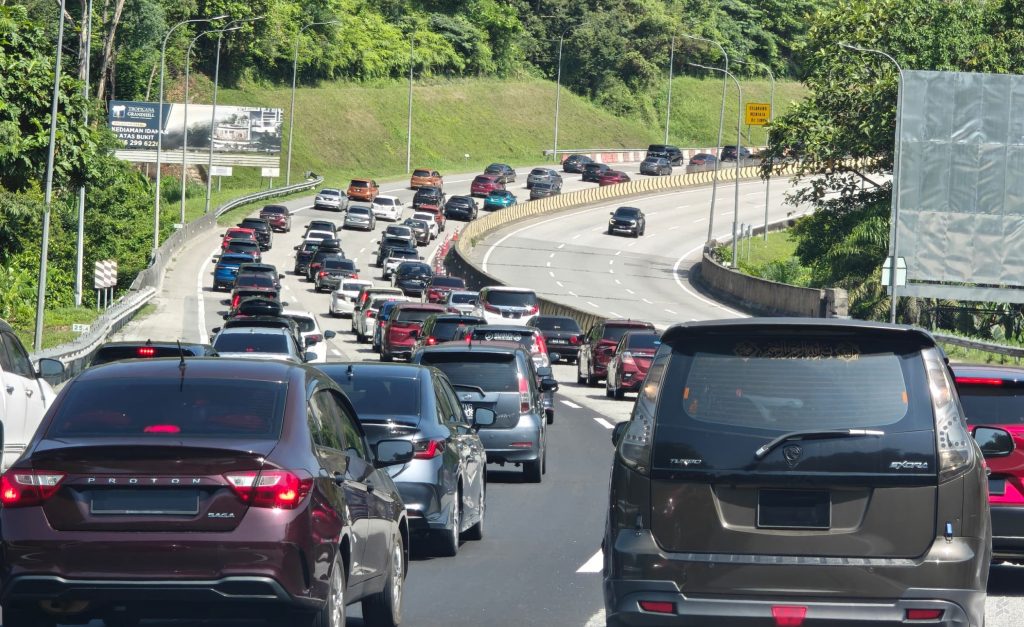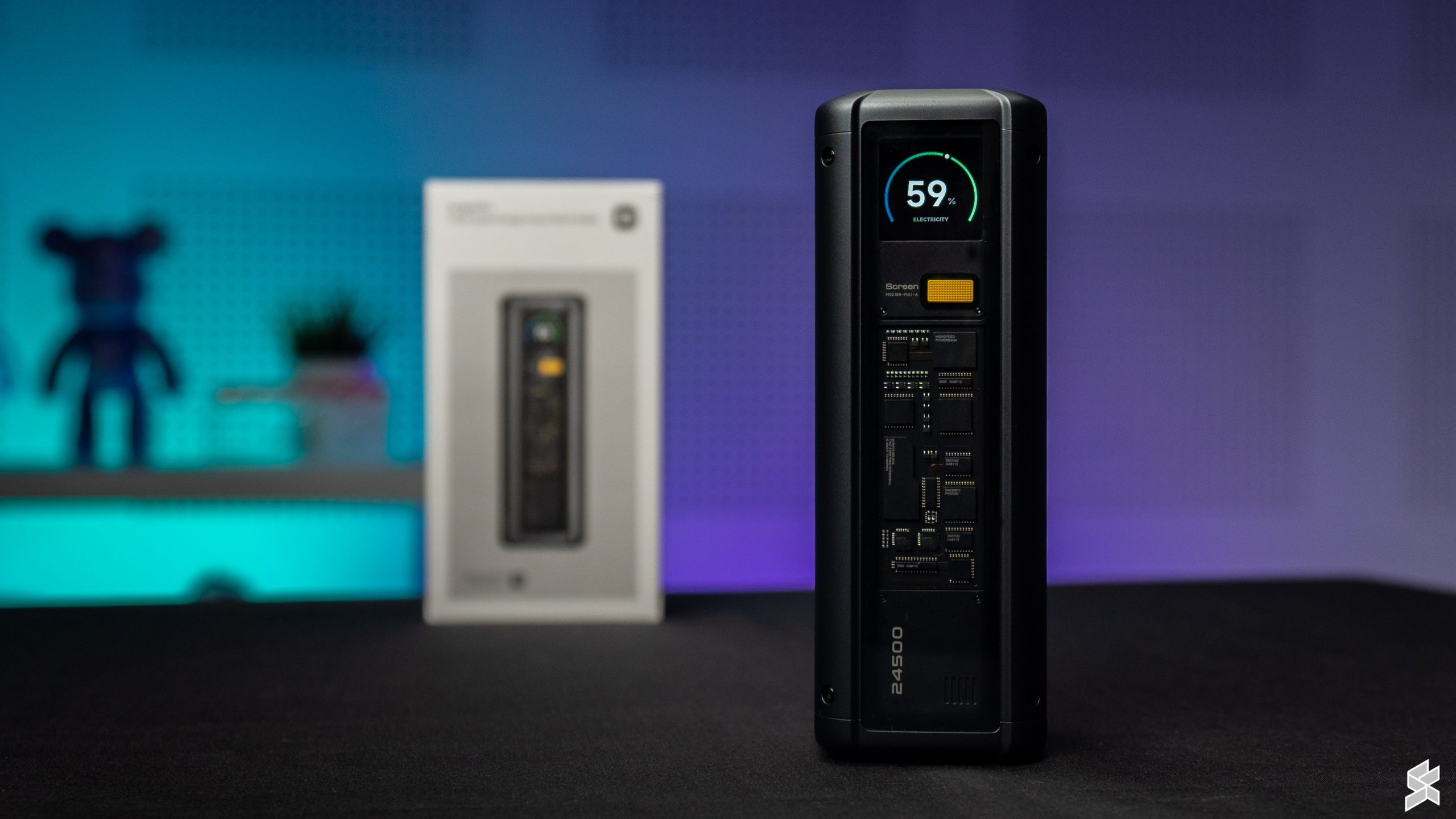Genting Highlands is home to Malaysia’s highest EV Charger with a Shell Recharge Hub that offers up to 360kW of DC fast charging. If you’re going up to Genting from Kuala Lumpur with an EV, you probably won’t need to charge to make the trip back home.
It is possible to get “free charging” through regenerative braking, a feature which allows your EV to recoup energy as you drive downhill. You can think of the electric motor working as a dynamo. It generates electricity back to the batteries as it slows the vehicle down.
Typically on a petrol car, you’ll have to slow down by engaging low gear (engine braking) and applying the physical brakes. That’s a lot of energy being lost to heat while emitting a burning brake pad smell as a result of hard braking.
With an EV, you’ll gain free energy and help prolong the life of the brake pads as they are not used as much during regen braking.
Regenerative braking with BMX iX2
With the BMW iX2, we started our downhill journey from Genting with 39% battery remaining. To ensure we get the maximum regenerative braking possible, we set the drive mode to B, which is one-pedal driving on the iX2. With some cars, the one-pedal driving mode could be hidden under the settings on the infotainment display.
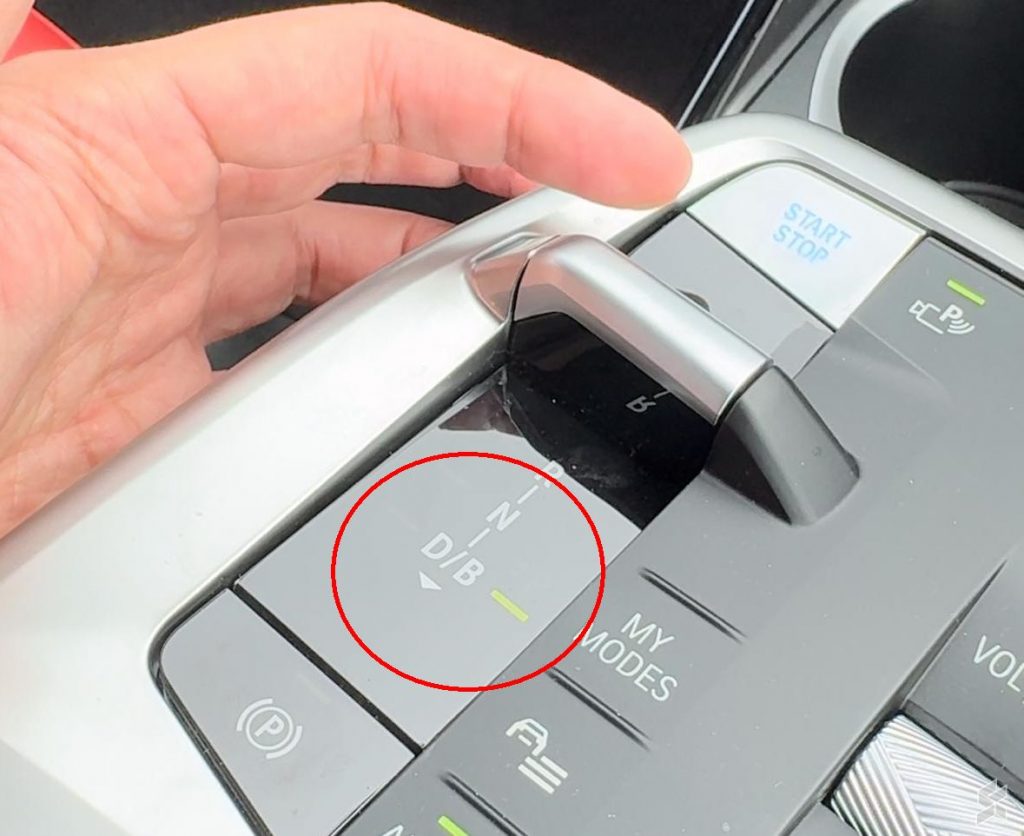
With one-pedal driving, you can drive without pressing on the brake pedal as the motors will gradually slow the car down as you lift your foot off the accelerator pedal. Of course, you can still apply the brakes if you need to come to a complete stop immediately.
Take note some EVs such as the BYD Dolphin, Seal and Atto 3, may not come with one-pedal driving. However, you can set the highest regenerative braking or energy recuperation setting to get the most out of the downhill journey.
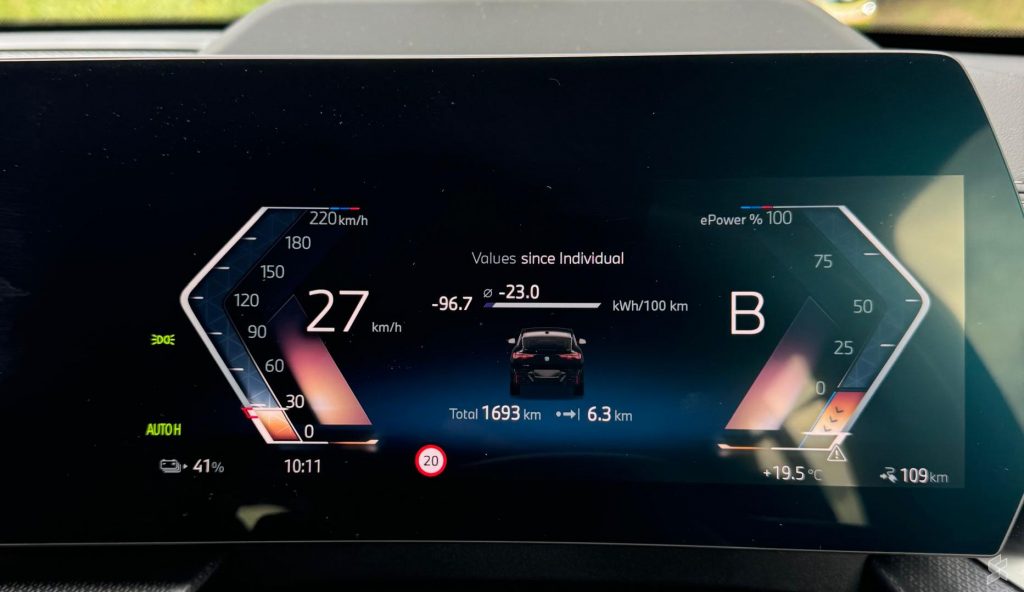
While going downhill, we didn’t step on the brake pedal as we controled our descent with our right foot on the accelerator pedal. At one point, the battery level on the BMW iX2 went up to 43% before we approached the Gombak Toll Plaza. As shown above, the electric motors generate close to 100kW of power when we lift our foot off the accelerator pedal.
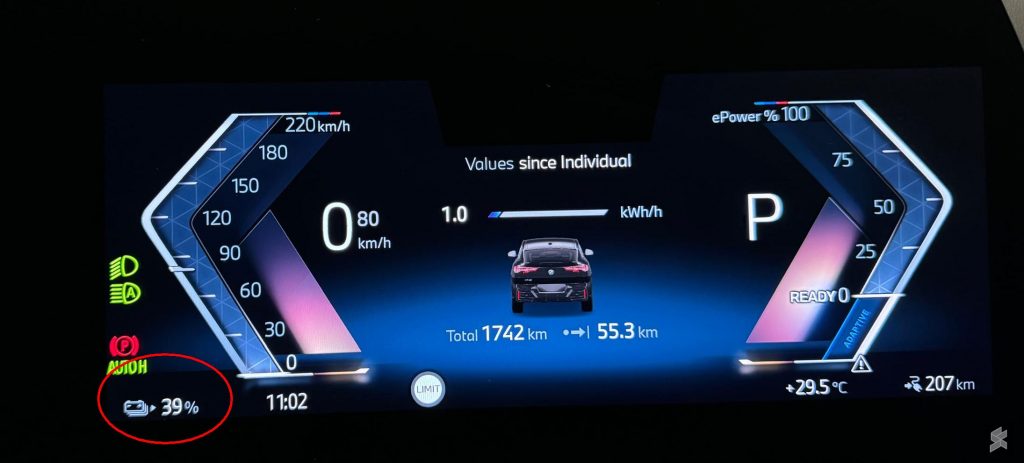
When we reached our office in KL, the battery level went back to 39%, the exact state of charge when we left Genting Highlands an hour earlier.
Based on the trip computer, the BMW iX2 generated 9.8kWh of energy which is almost like charging the iX2 on an AC charge point for an hour.
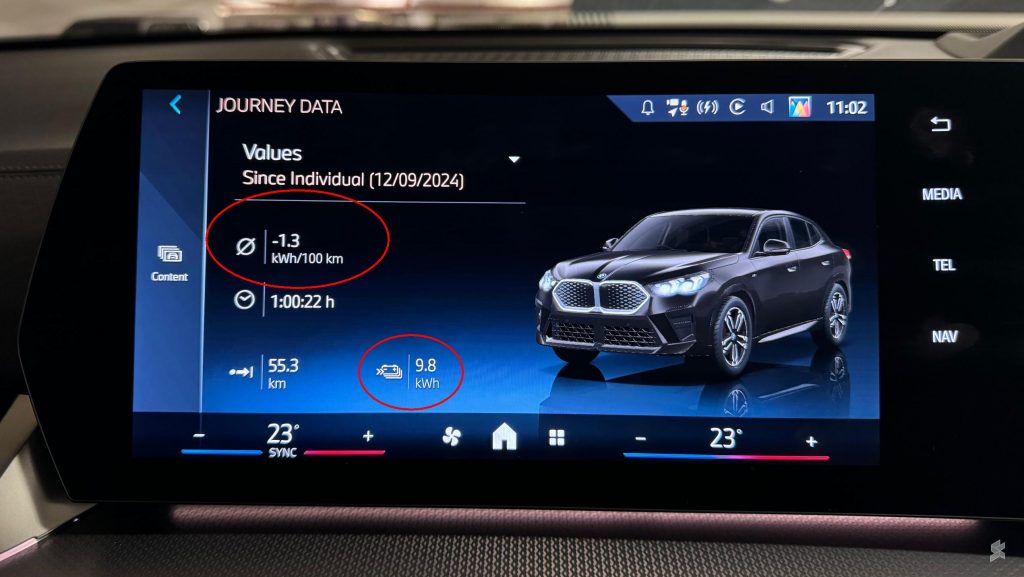
The efficiency of this drive is -1.3kWh per 100km. In summary, the energy this EV gained from going downhill is more than enough to power the 55.3km trip back to downtown Kuala Lumpur.
Regenerative Braking with Kia EV6
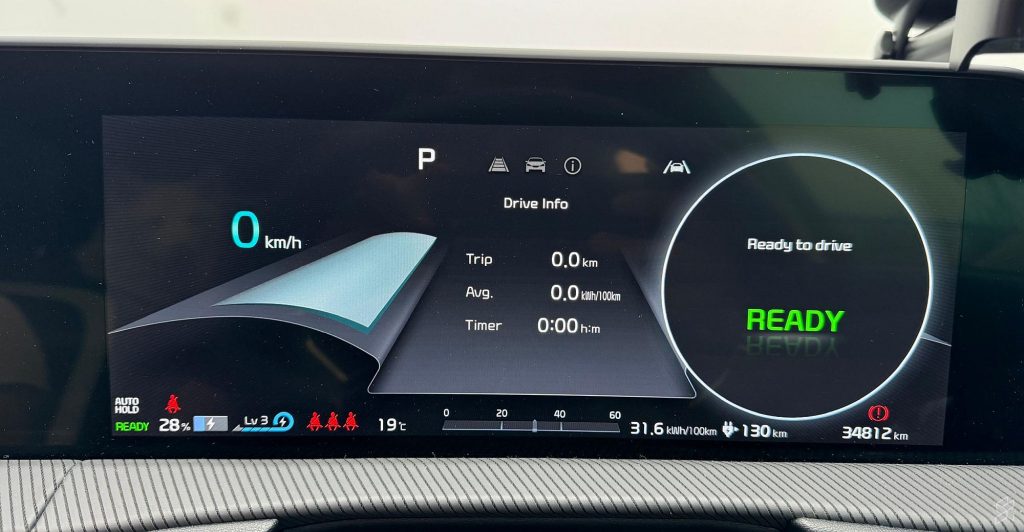
On another test, we went up to Genting Highlands with the Kia EV6 GT-Line. With 28% remaining at the top, we didn’t charge the EV and relied on regenerative braking to recuperate energy to reach home in KL.
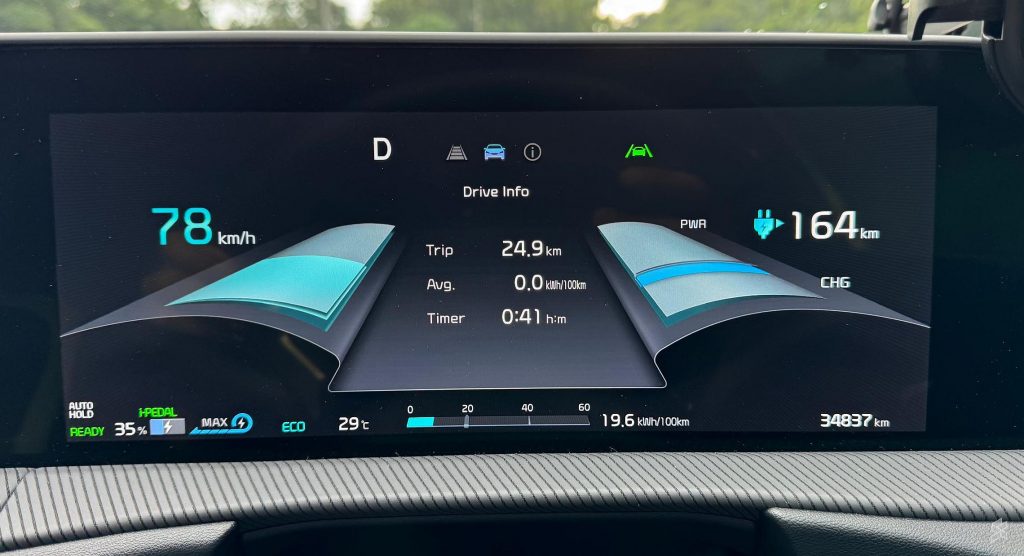
We drove down with i-Pedal mode, which is one-pedal driving for this particular EV. Halfway through, the battery level went up to 35% after 25km of driving.
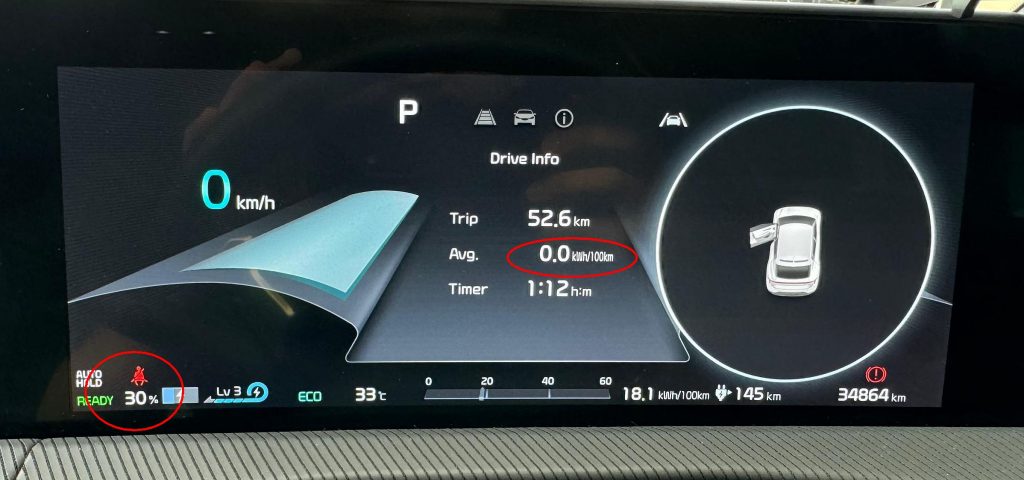
Once we reached home in KL, the battery level was at 30% after more than an hour of driving. That’s 2% more than the point where we started our return journey from Genting. The indicated efficiency was still 0.0kWh per 100km as the Kia/Hyundai interface couldn’t show negative values for efficiency.
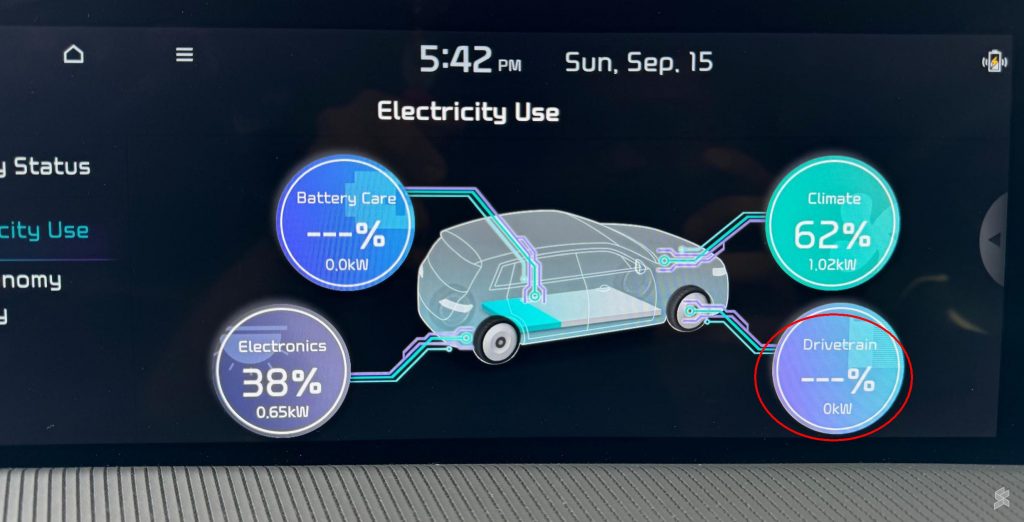
As shown in the electricity use breakdown above, there was net zero energy used by the EV6’s drivetrain and the only components that used electricity were the electronics and climate control.
While regenerative braking is also implemented on hybrid vehicles, they won’t be able to recoup as much as EVs. This is because most hybrids (non-plug-in hybrids) have a very small battery capacity of less than 2kWh. On some vehicles, the level of regenerative braking will be reduced tremendously once the battery is fully charged.

